
Use Goals, Agendas, and Dry Erase Wall Drawings for Productive Meetings
Dry Erase Walls take productive meetings to a whole new level of efficiency and effectiveness. Ways to organize and conduct a productive meeting in a business office or other setting make up a wide-ranging subject, with numerous books, instructional videos, and even entire organizations devoted to it. Much of the information available on this topic describes elaborate high-tech strategies for engaging people’s attention, keeping the action flowing, and bringing a meeting to a constructive conclusion. These approaches often involve using complex tech devices such as interactive whiteboards, AI cameras, and team messaging tools that often require considerable training and practice to use effectively.
However, it’s possible to conduct highly effective and exciting team, and client meetings with only the low-tech assistance of a top-quality dry erase painted wall. Doing so can save your organization a great deal of time and expense since dry erase walls are highly cost-effective to install and require no training to use. If you’d like to make use of a dry erase wall at your next meeting, here are a few ideas that will serve as the “first grade level” of your education in strategies to help make your session as engaging and productive as possible.
The success of a meeting can be established before it even starts
In order to ensure that a meeting reaches a successful conclusion that meets your needs, it’s important for you and your team to know the precise outcome you’re looking for. Here are some of the most typical and significant kinds of meeting goals to familiarize yourself with when organizing a meeting and working to achieve critical organizational goals:
• We Project planning
• Decision making
• Problem-solving
• Building relationships and company culture
• Accomplishing specific tasks
• Sharing opinions or reviewing work in progress
• Observation after the fact and related fine-tuning
It might seem that establishing a major meeting goal or multiple minor goals is a commonsense activity that anyone can easily perform. But the truth is there are many factors to consider that are often overlooked by organizers due to inadequate planning beforehand and poor time management during a meeting.
In order to conduct a productive and meaningful team meeting, it’s necessary to establish your meeting goals ahead of time so that you and your team have an endpoint to work toward within the time frame of the meeting. Determining precise meeting goals helps to guide your team’s discussions so that everyone remains on topic, focused, and as efficient as possible when communicating during the session. Whether you have a number of minor meeting objectives to reach or a major organizational decision to make, it’s essential to be organized in advance and prepared to adhere closely to reaching your objective by creating a collaborative agenda.
Create a detailed agenda to distribute to team members before the meeting
All of the team members who will attend the meeting should receive a copy of the agenda at least 24 hours ahead of the starting time. In this way, prior to the meeting, the participants will be aware of the specific outcome or outcomes being sought. The attendees should also be familiar with the particular types of input that will be expected of them during the meeting. Better yet, you can give your team members highly specific homework assignments to complete before the meeting. Your meeting goals should be fully spelled out in your agenda so you can take all the necessary steps to reach one or multiple objectives by the meeting’s end.
If your team isn’t committed to closely following the stated agenda, the meeting will be unlikely to bear fruit. Before firming up the topics, you plan to cover to reach your goal(s), remember to get all of your team members’ input on the agenda beforehand so that their voices are heard and no one feels left out of the planning process.
Possible items to include in your meeting agenda
It’s important to know where you’re headed in a meeting and how to get there. For this reason, you should have your major talking points thought out before the meeting begins; for example:
1. The goal or goals of the project
2. The tasks to be performed
3. The team members who will be involved
4. The assignments to be given to specific individuals
5. Use 3×5 cards to plan the meeting’s structure, flow, and visuals
After you’ve established your goals and agenda, it’s time to think about your meeting’s structure. One way to do so is to plot out its format with 3X5 index cards. Think of the cards as miniature versions of the horizontal blocks or panes within which you’ll be writing and drawing on your dry erase wall. Decide what images you’ll want to draw during the meeting and practice sketching them several times. The degree of mastery you show in sketching easy-to-draw shapes will reinforce your image and role as the meeting’s organizer and will also enhance your self-confidence as a presenter.
Sketch for success on your dry erase wall
Drawing simple sketches of standard images such as computers, cell phones, and groups of people that consist of circles, squares, triangles, and even stick figures will make your comments more memorable and help to inspire creative thinking in the meeting attendees. When team members see a drawing that they resonate with, they will become better able to focus on the topic at hand. A simple but well-executed image drawn on your dry erase wall can help the attendees get to the core of the issue being discussed more quickly than just looking at a wall full of words or a series of text-based bullet points.
The reason that visuals work so well to enhance comprehension and focus is that the human brain processes visual data approximately 60,000 times faster than it processes written words. And since pictures are a form of universal language, they’re able to bypass typical mental and cultural barriers to comprehension.
That’s not to say words aren’t important. As a matter of fact, the most effective drawings, whether they’re done on a dry erase wall or some other surface, include text that clarifies and elaborates on the visuals. For this reason, it’s a good idea to always use a meaningful mix of words and images in the meeting presentations you conduct with your dry erase wall.
Another helpful tip is that if you have a large number of points to go over in a meeting, prepare your dry erase wall ahead of time, but not completely. Sketch out about 50% of the ideas you’ll present at the meeting on your wall beforehand. In this way, when you get moving in your session, you’ll simply need to fill in the missing details as you go along.
Organize your dry erase wall into “photo-ready panes” for your team members
In your mind’s eye, partition your dry erase wall into a horizontal grid of panes or boxes for posting your meeting’s contents that will fit within the frame of a smartphone’s camera. Your team members will all have smartphones, so in this way, you can make it convenient for them to use the phones for taking pictures of the meeting outcomes posted on your wall. To be even more helpful, you might add notes or annotations to the panes before the team takes their photos.
Continue collaborating with your team members after the meeting
Upload the photos you take during the meeting to a shared document such as Google Apps or to project management software such as Basecamp so that the meeting attendees can input comments from their notes or follow up about tasks that were assigned during the meeting. Also, include annotations for those who did not attend the meeting so that they can be aware of the outcomes and provide feedback if needed.
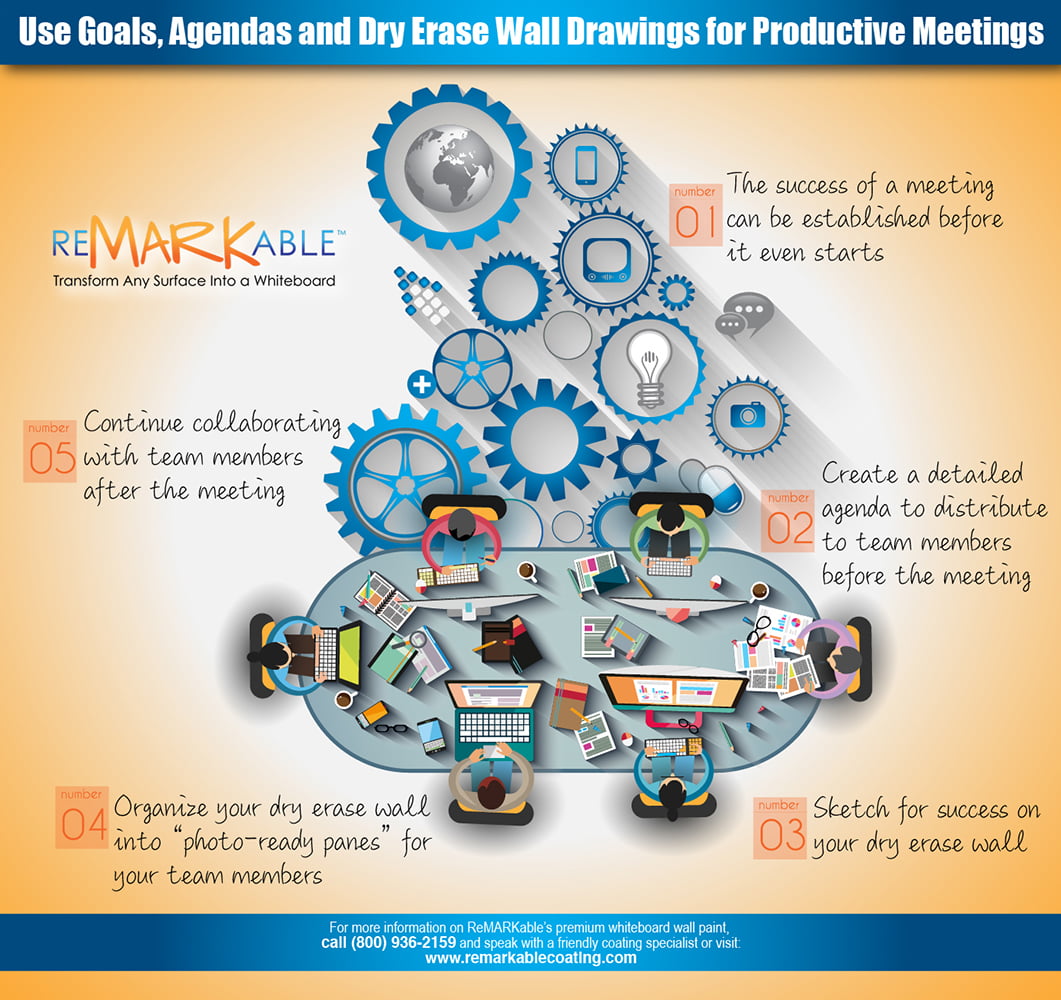

























































































![ReMARKable’s Winter Sale is Here! [25% Off + Free Shipping]](https://www.remarkablecoating.com/wp-content/uploads/2018/01/Red-Tag-Winter-Fashion-Facebook-Post-1-440x264.png)















![Drive Your Organization Into Openness and Watch it Expand [20% Off Whiteboard Paint]](https://www.remarkablecoating.com/wp-content/uploads/2016/04/Drive-Your-Organization-Into-Openness-and-Watch-It-Expand.-1-440x264.jpg)

![30% Off St Patrick’s Day Sale! [Details Inside]](https://www.remarkablecoating.com/wp-content/uploads/2016/03/Glorious-1-440x264.png)


![Giant Leaps Forward Require Big Spaces. [Leap Year Sale Event!]](https://www.remarkablecoating.com/wp-content/uploads/2016/02/Giant-Leaps-ForwardRequire-Big-Spaces-440x264.jpg)

















![ReMARKable Summer Sale 2018 [28% Off Whiteboard Paint]](https://www.remarkablecoating.com/wp-content/uploads/2018/06/Blue-Simple-Line-Beach-Facebook-Post-1-440x264.png)







































































































































































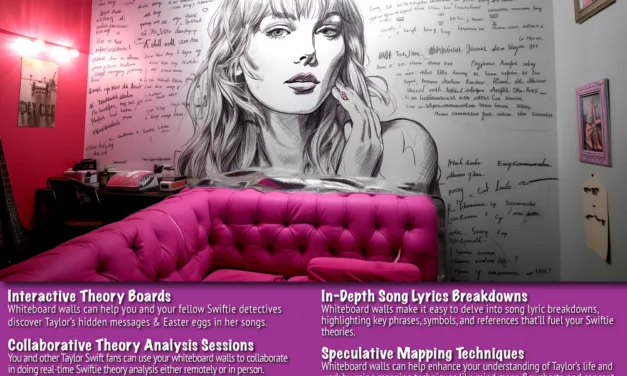


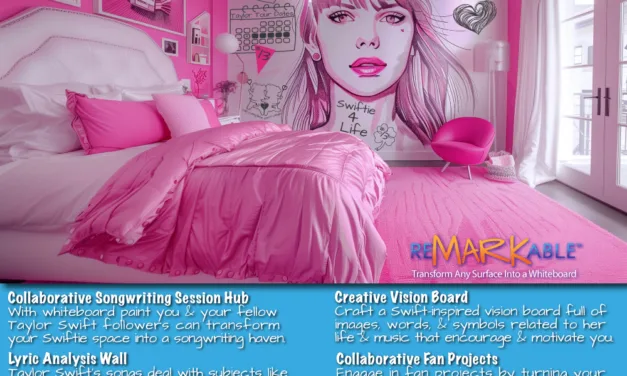
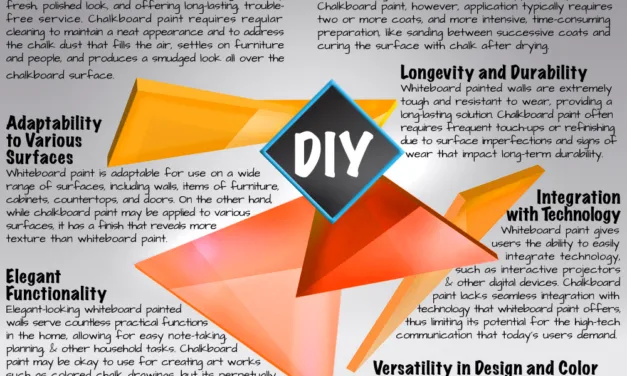
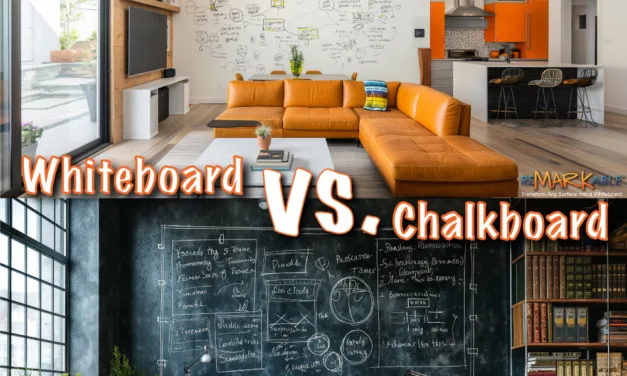








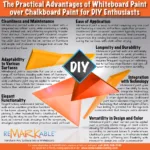
0 Comments